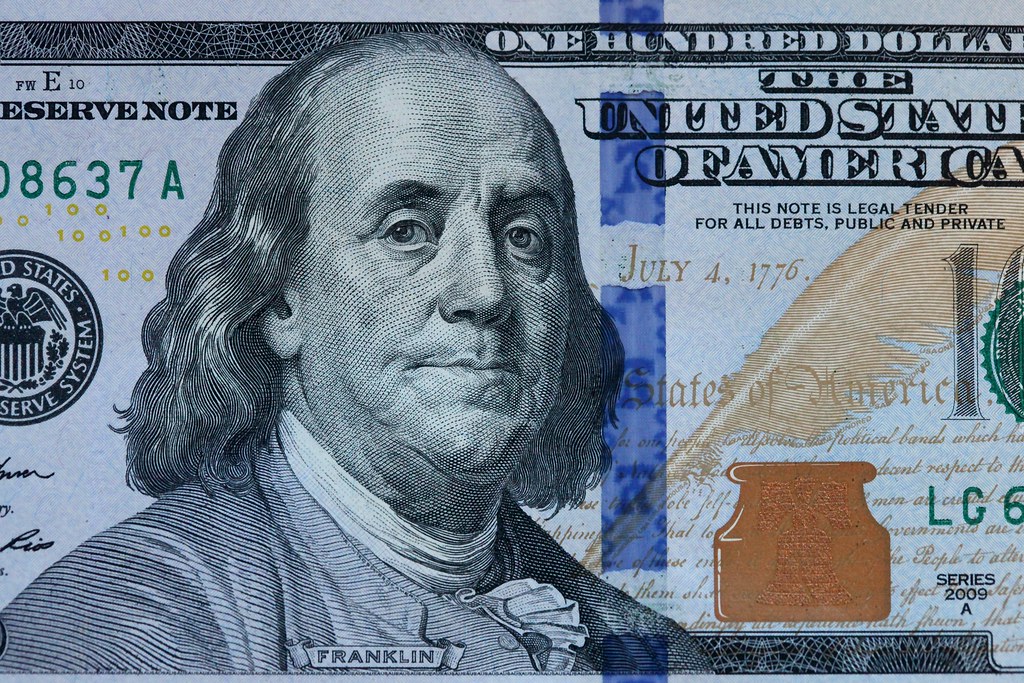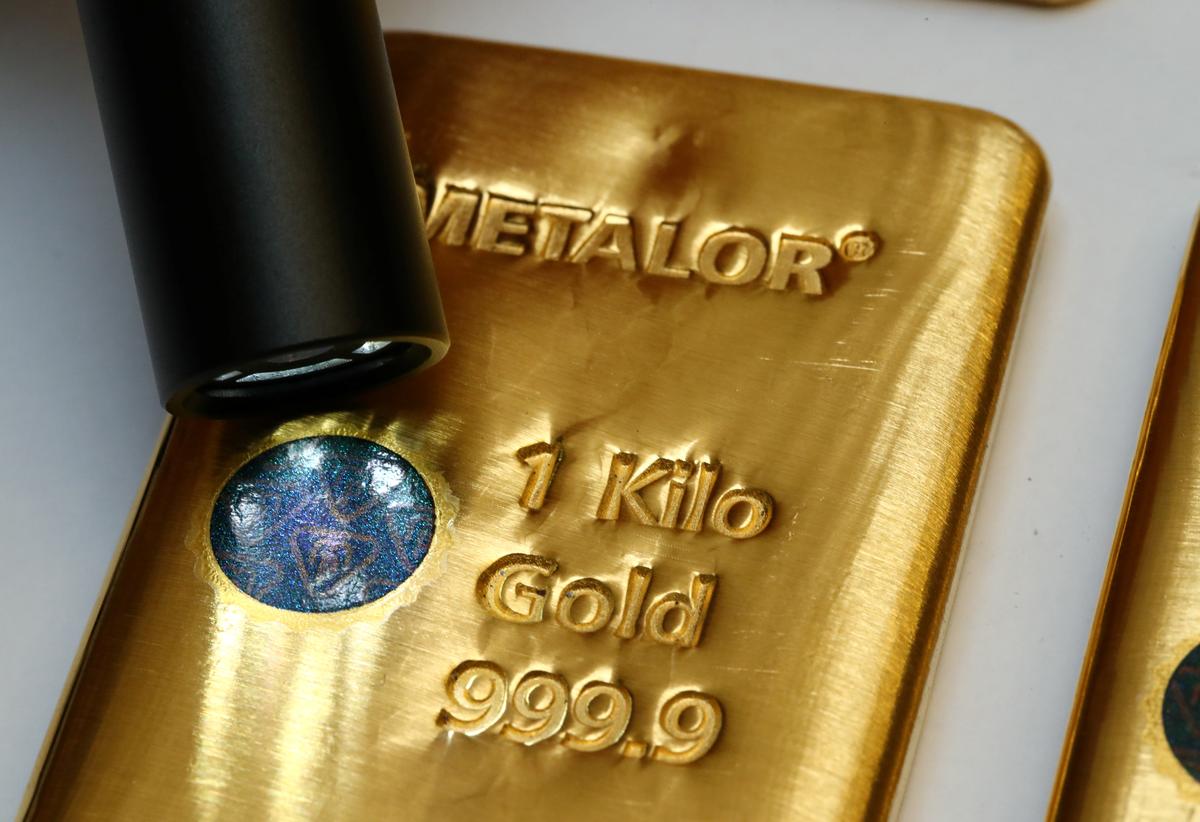You are selling an item to a stranger. You are willing to take quite a few payment methods, including bitcoin. The buyer wants to pay you with bitcoin. How can you verify that you actually got paid before you hand over your item? I try my best to answer in this blog.
Before we proceed, I think it might be a good idea to take a step back and ask what verifying that you got your money means with more traditional payment methods. Here is a breakdown:
Cash
The buyer hands you cash. How do you verify that you are getting paid with real money? Since the “official” money printers don’t like competition, they have designed their products so that users of it can easily tell whether the bills are coming out of their printers or some other criminals'. You can feel the bill for the authentic texture, the right reflection of light from the plastic strips and in some cases you can use special ink to verify the bills.
Cash seems like the easiest way to self-verify that you have been given real money, but I hope to convince you that there is another money that can be verified with more ease. The other money requires no manual investigating from the user nor knowledge of the validity criteria for transactions. Frequent readers of this blog probably have a good guess on what money that is, but more on that later.

Centrally controlled digital payments
The buyer offers to transfer money to you via some centrally controlled digital payments provider such as Interac, Venmo, CashApp etc. If you accept this payment, then you can not self-verify if you have been paid real money. You must trust the payments provider. The payments provider has some internal ledger that keeps track of the user’s accounts and then adds or deducts the money when a transaction is made. The ledger is private and completely controlled by the provider. If you somehow get swindled out of your money, your best bet is to file a complaint with the provider.
This may seem like an excellent option. The burden of verification is lifted off your shoulders entirely! Sweet deal. However, this also means that some company has full access to see all of your transactions. You lose your privacy entirely and leave yourself at the mercy of the payments provider that can now surveil on your activities.
Gold
Let’s say the buyer pulls out a shiny golden coin that they claim has the same value as the agreed purchase price of the item. You know obviously that gold has value. It is a money that has been used for thousands of years. You also would really like to sell your item and increase your gold holdings, but is it possible to self-verify gold? I would say no.
First off, most people don’t deal with gold on a day-to-day basis. I think most people would not recognize the difference between real gold coin and gold-plated coins, which have vastly different values. Secondly, it is possible to verify the authenticity of gold itself, but it requires large machinery and experienced experts. However, even with the complex verification process, there are still frequent news stories of gold dealers getting fooled by gold plated junk metals.

Bitcoin
The buyer asks for your bitcoin address, as he wishes to pay for the item with bitcoins. You, being a very smart, educated and beautiful person that you are, quickly open up your wallet to receive the bitcoins as you know that Bitcoin has value and the more you accumulate, the better.
There are many “tiers” of self-verifying bitcoin transactions. I will try to cover some here:
Low tier
One way to verify if you received your payment is to use a central payments provider to receive the money. For example, you may receive the payment into an exchange such as Coinbase or ShakePay and once the payment is complete, your account balance should update with the new money. I consider this “Low” because you are trusting that the exchange will update your account when the new bitcoins are received. Your balance is still being stored in some private ledger and your activity will be surveiled by the payments provider. The buyer may be in cahoots with the provider of the service and they could be running some sort of scheme to part you and your property without paying any money!
Mid tier
The most basic way to self-verify a bitcoin transaction is to simply use a Bitcoin wallet such as Samourai Wallet or Green Wallet to receive payments. These wallets connect to some random nodes that can verify if your payment is truly made on the public ledger. The weakness here is that you have to trust the software of the wallet to truly connect to honest bitcoin nodes and that connection is giving you the true view of the public Bitcoin ledger.
This is usually acceptable for most transactions. However, when big money is at stake, you can take more measures to verify that the transaction is truly complete and that you are getting paid for whatever you are selling, be it your house or a fortune in precious metals.
Advanced tier
The ultimate way to self-verify a bitcoin transaction is to run your own Bitcoin node. Your Bitcoin node will then connect to the Bitcoin network and verify that the transaction that pays you for the purchase is valid. This may seem like quite a challenge, but I assure you, it is very doable. The technical know-how to run a Bitcoin node has been dropping very steeply. Today, you can buy a very affordable plug-n-play Bitcoin node that will enable you to become your own bank.
Conclusion
Hopefully this post has given you a better understanding of the oft-lauded feature of bitcoin: easy verifiability. With a little bit of work in setting up your Bitcoin node, you can confidently accept payments that can then be automatically verified.